As a practicing architect whose childhood was spent climbing rocks and building miniature escapes in the forest, Phaidon’s Stone Houses immediately caught my attention. This is not just any coffee table book but a love affair with the materiality and artistry of stone. It’s a visually striking book that highlights fifty stone houses from over twenty countries, revealing just how versatile, timeless, and bold this ancient building material can be. Each project features architect-designed homes that use stone in ways that surprise and delight, from minimalistic elegance to bold contemporary statements.
The book is organized visually, which allowed me to immerse myself within the setting, see common threads across projects, and bring out interesting and sometimes unexpected, juxtapositions. You’ll find homes by major architects from the past like Frank Lloyd Wright placed next to contemporary works from a range of lesser-known studios and accomplished architects like UNStudio. This choice of presentation alone gives you insight into how universal certain elements of stone architecture can be, even when these structures span continents and styles.
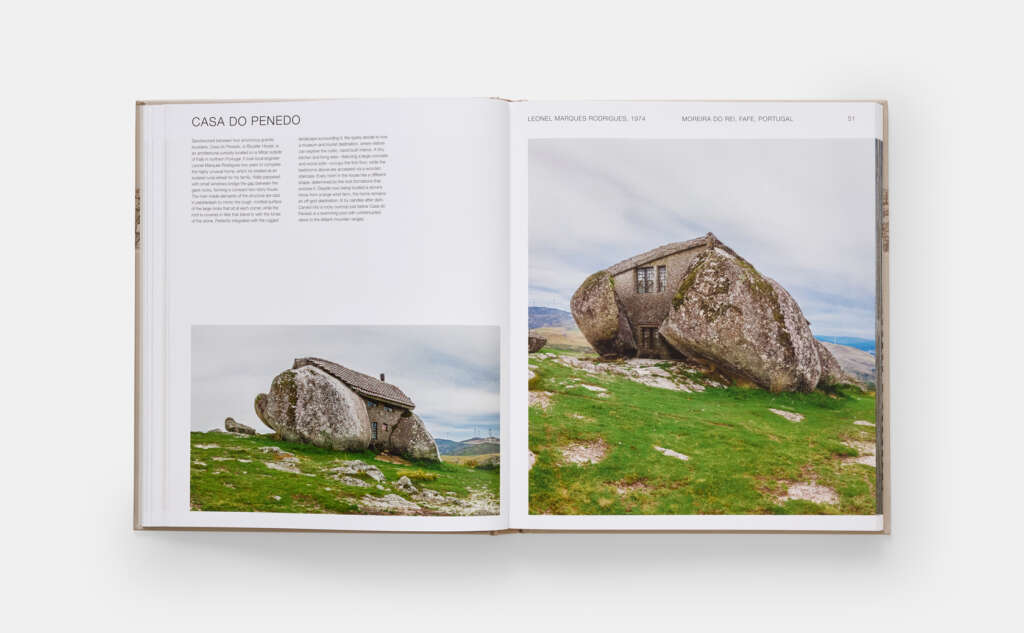
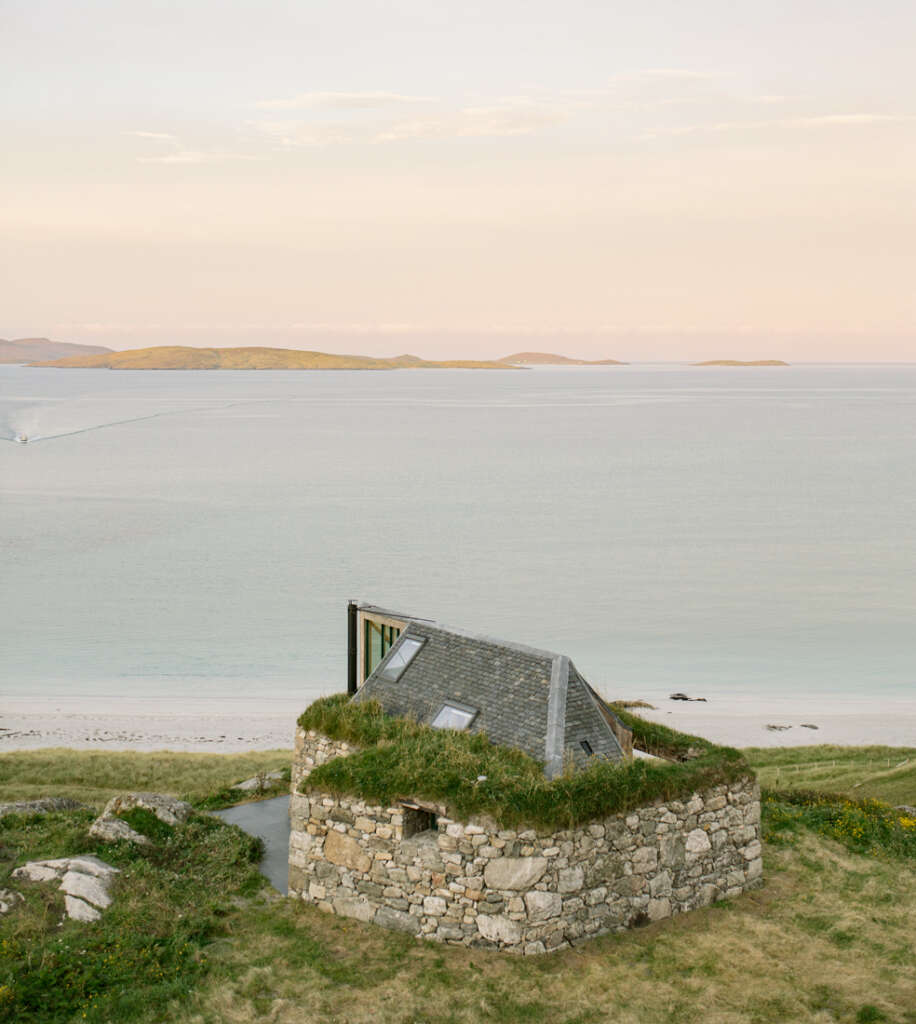
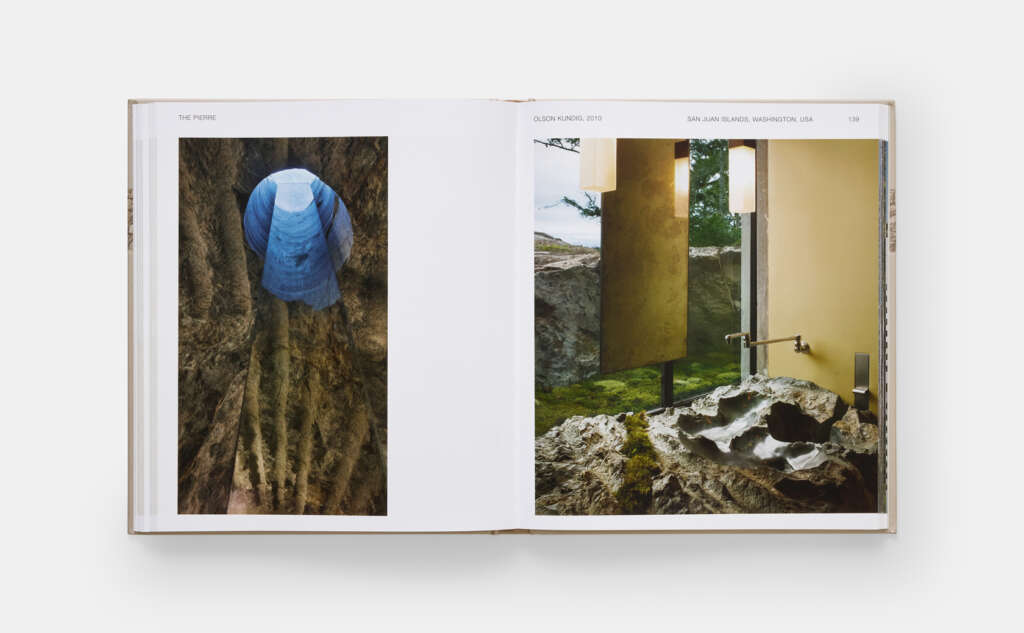
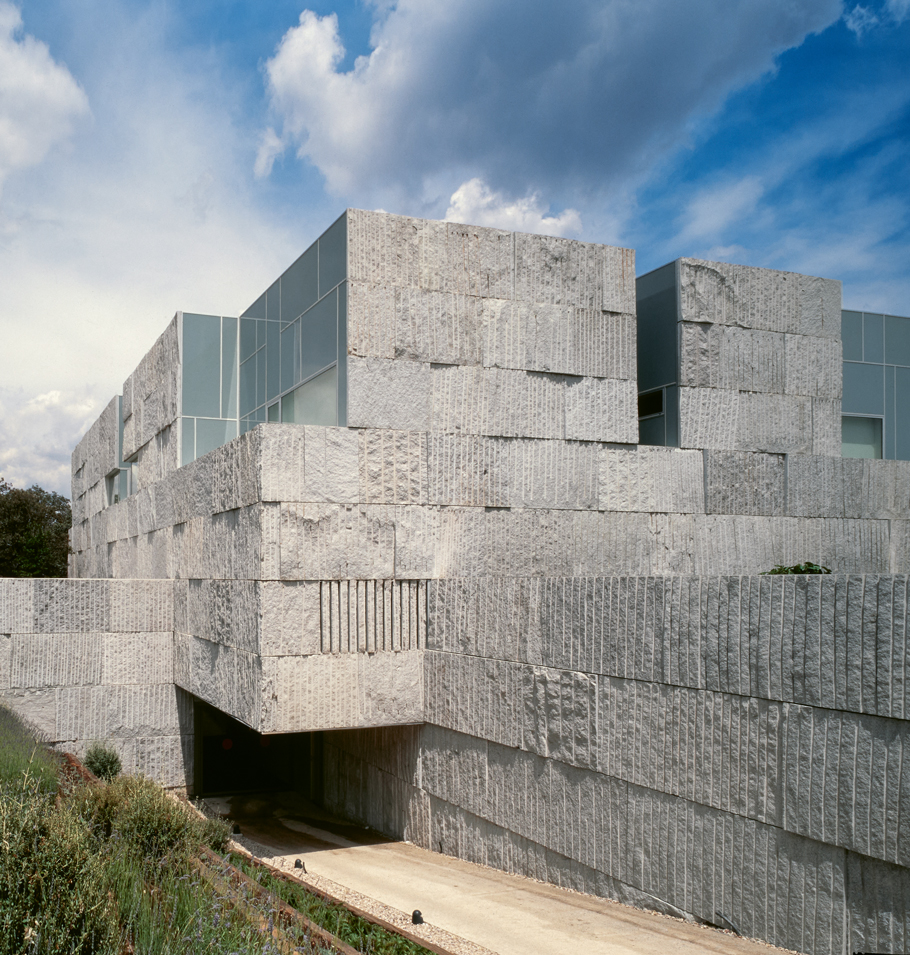
Each of the fifty projects includes a short description explaining the site, location, and inspiration behind the design choices, which was incredibly helpful for context. As I flipped through, it was easy to immerse myself in the story behind each house’s setting and the role stone plays in bringing it to life. I especially appreciated how these write-ups touched on why stone was chosen—not just for durability or aesthetics, but as a harmonious response to the environment. Stone, as this book shows, is an incredibly thoughtful choice in the hands of a talented architect.
My favourite projects included Kengo Kuma’s Jeju Island with its contrasting smooth walls and rugged roof, inspired by the dark and porous basalt rock of the nearby volcanic terrain, as well as NCAVED, a sunken home set into a scrub-covered hillside in Serifos, Greece that you would miss if you blinked.
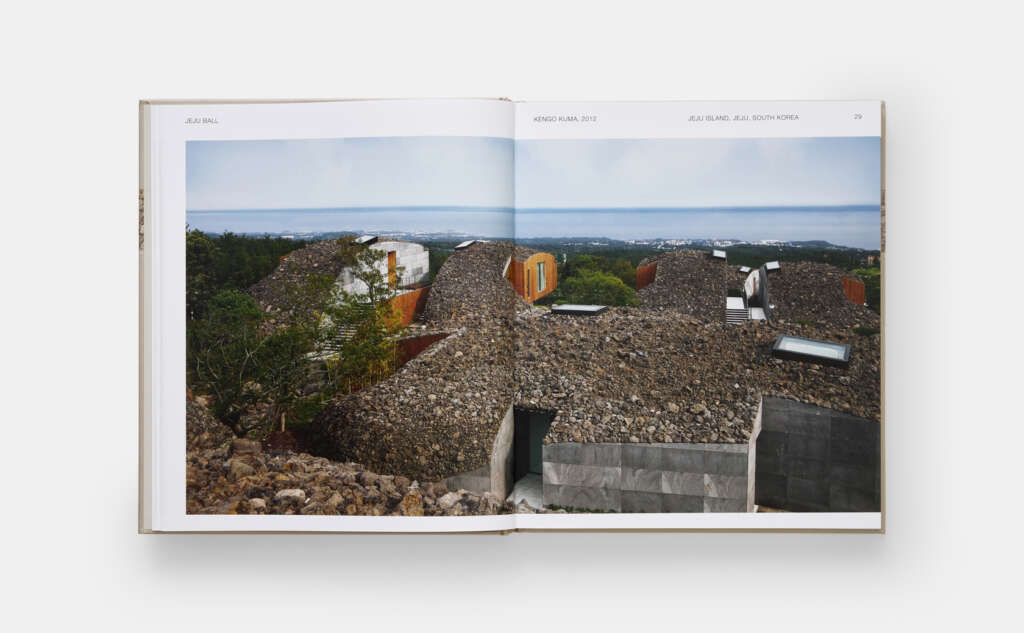
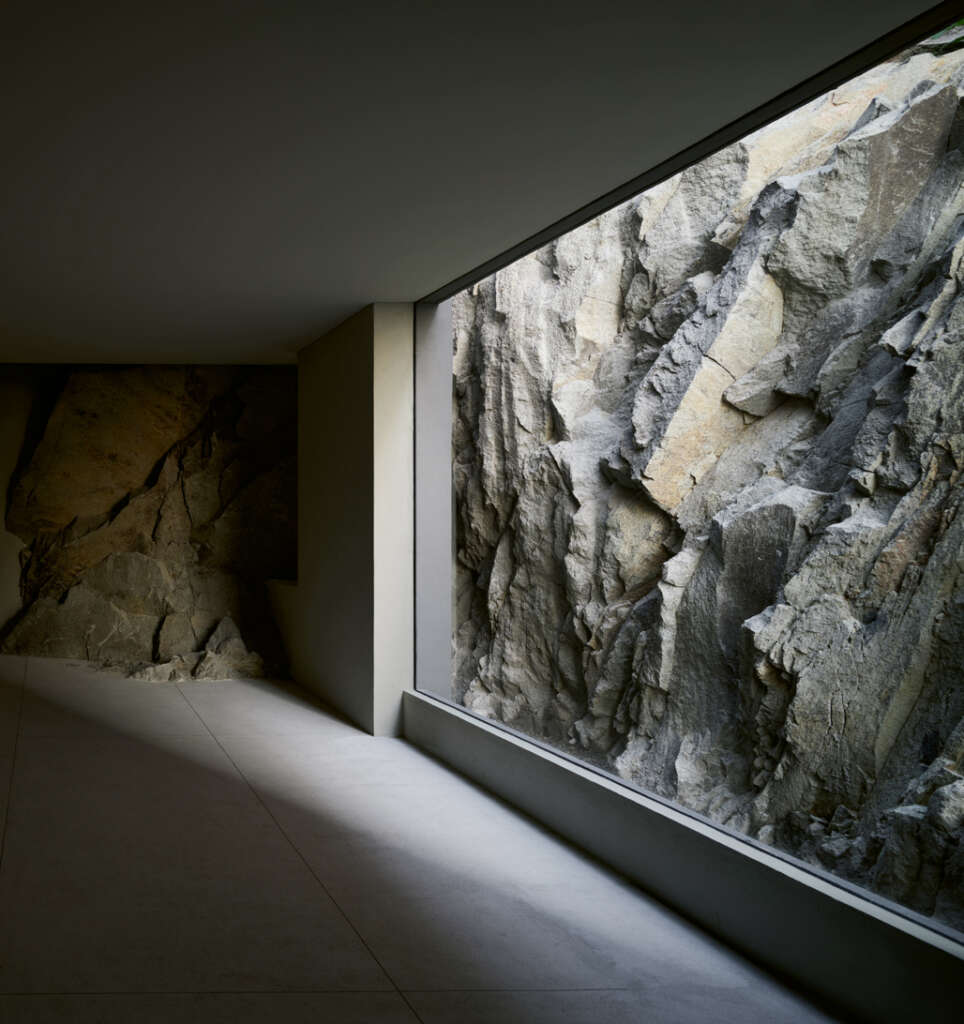
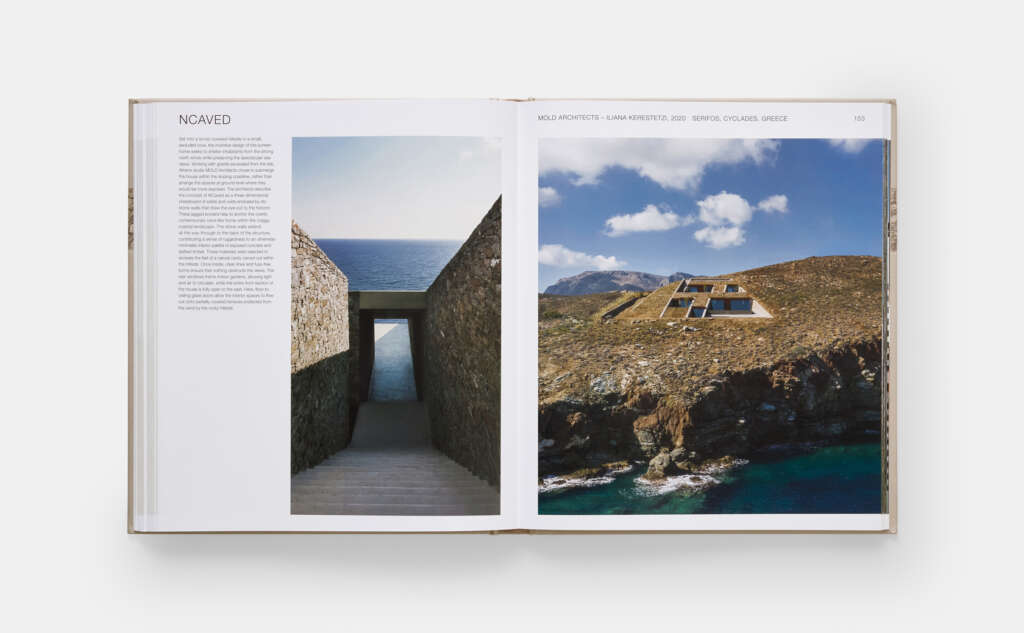
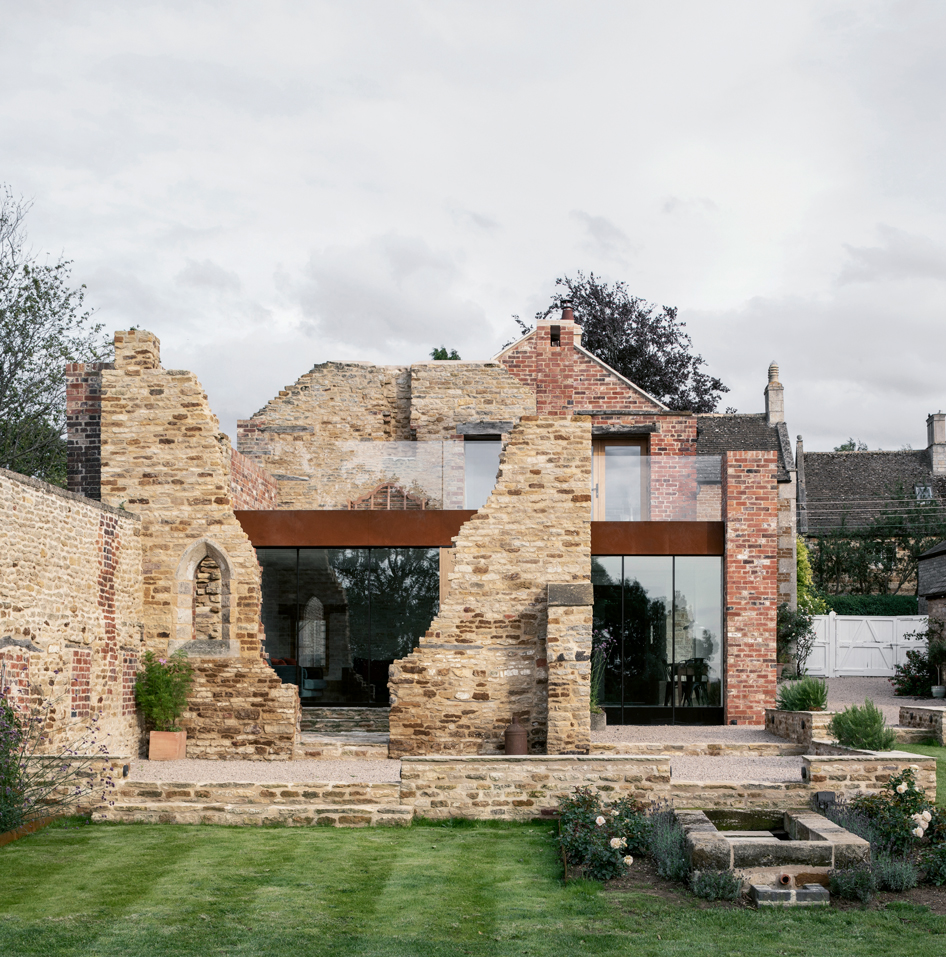
However, if I’m being honest, I found myself wanting more than just these beautiful, high-level snapshots. Most projects span only 2-3 pages, typically with a handful of images, and while each photograph is striking, it often left me wanting more. As an architect, I wanted to see how those small details come together —the mortar work, the corners, how the interior and exterior come together. Stone’s textural qualities and structural personality lend themselves to in-depth study, but in Stone Houses, you’re really just getting a peek at the surface.
While I may have yearned for more detail, I have to say that flipping through Stone Houses is still an immensely satisfying experience. It’s the kind of book you can pick up any time and find something new to marvel at, or maybe gain a fresh bit of inspiration for your own projects. The range of styles—from rustic to sleek, blending into landscapes or boldly defying them—was enough to remind me just how much potential stone has as a design material.
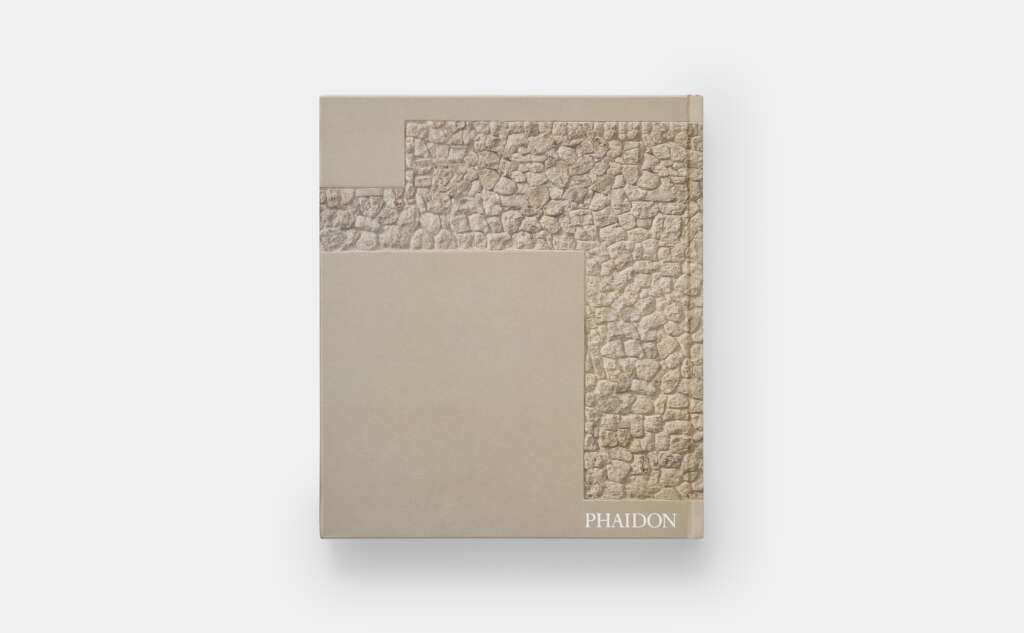
All in all, Stone Houses succeeds in celebrating stone architecture without bogging the reader down in too much technical detail. For anyone who shares an appreciation for architecture, it’s a visual treat, and for architects like me, it’s both a joy and a bit of a tease.





